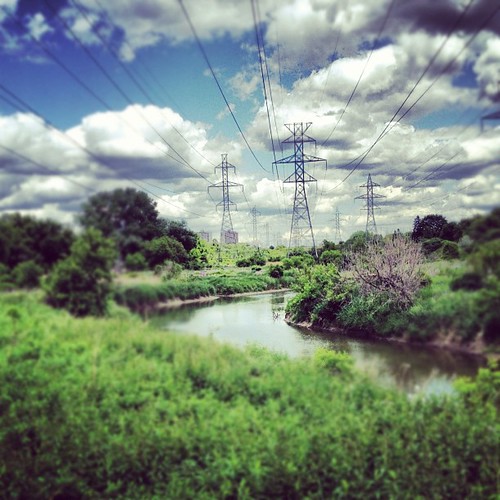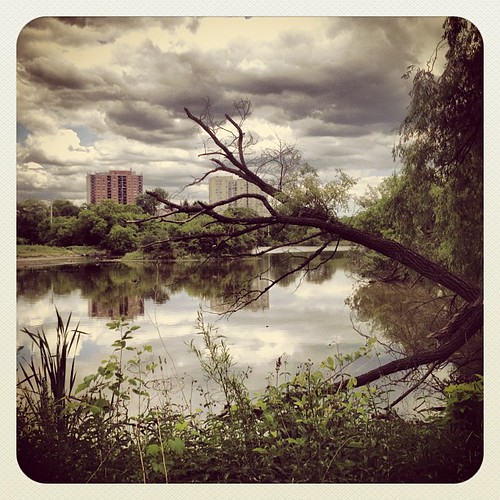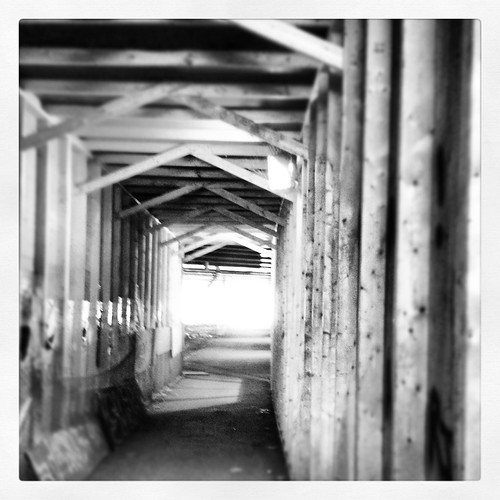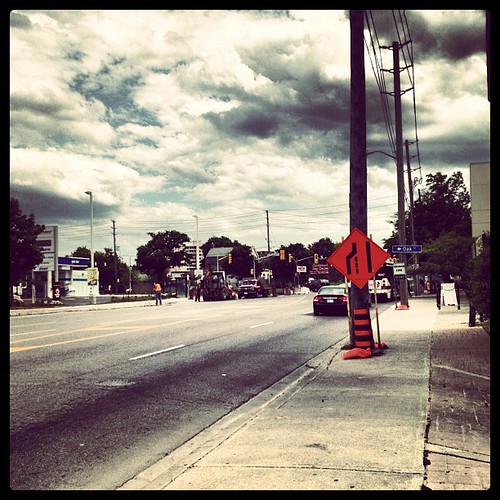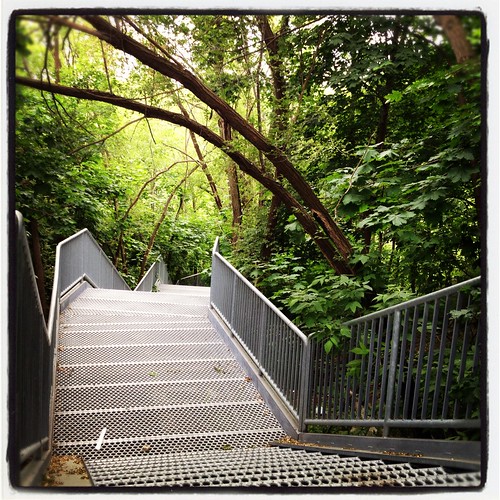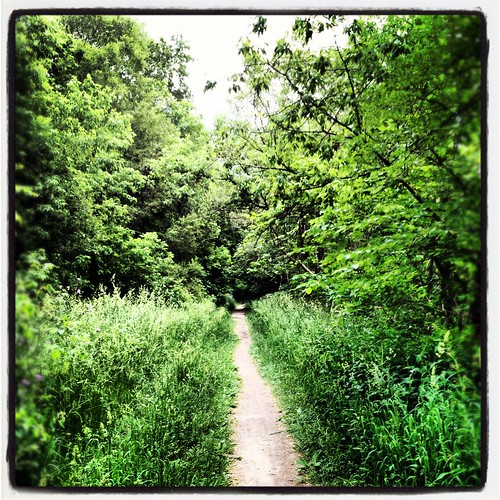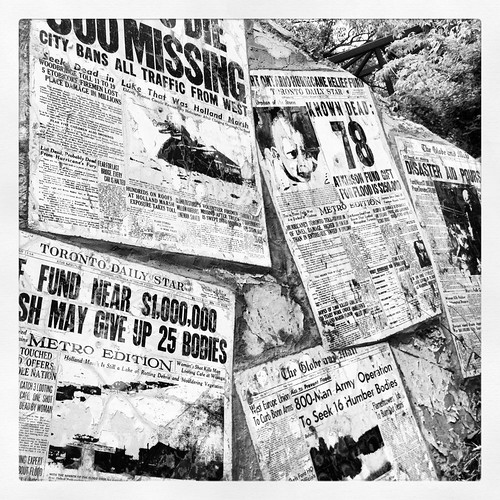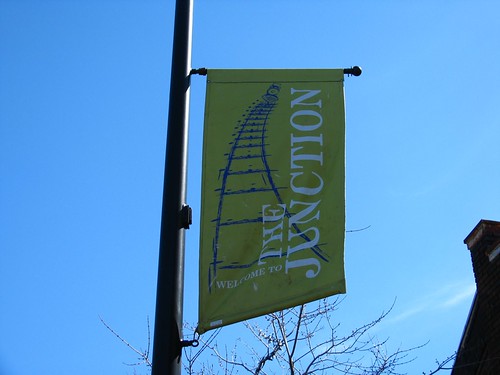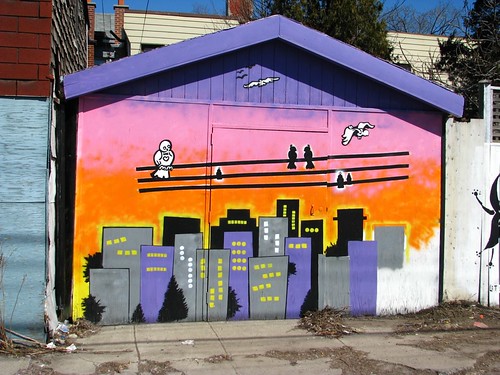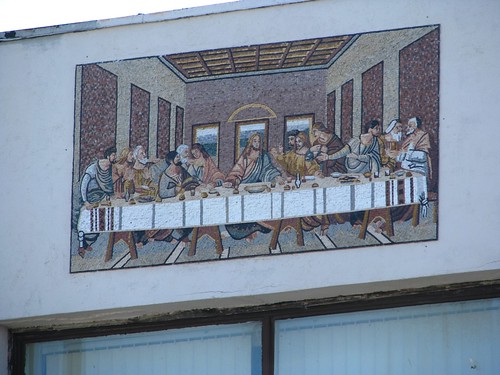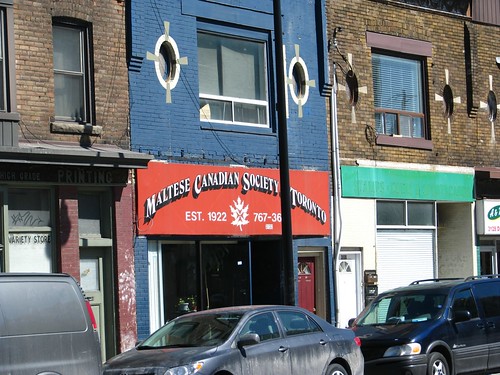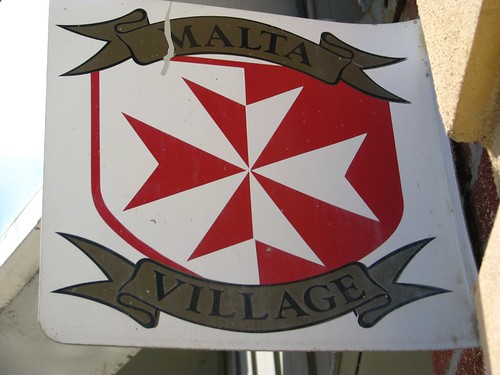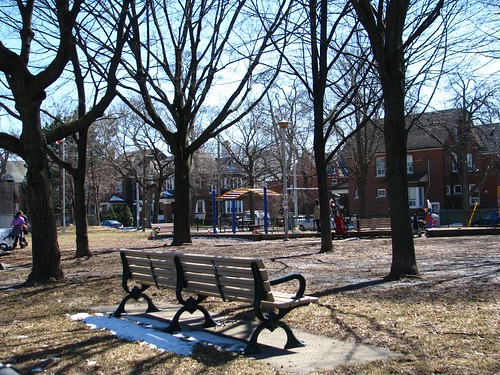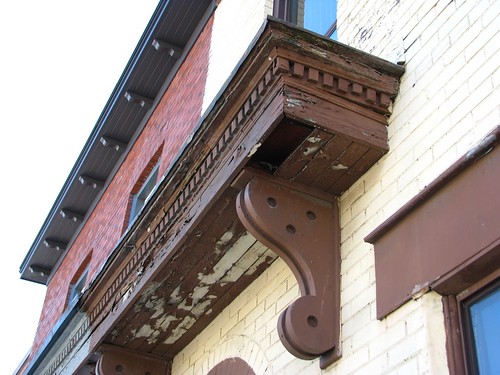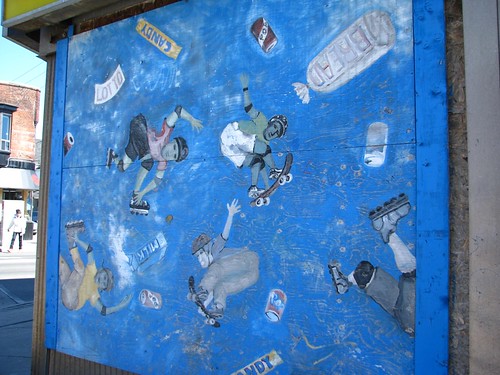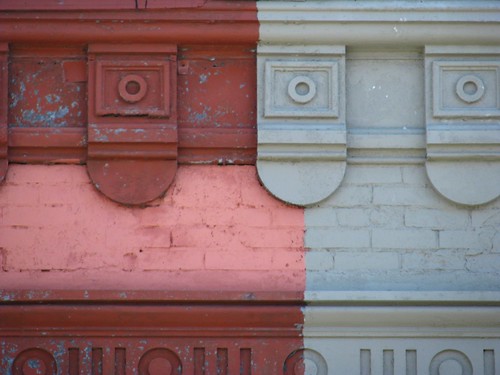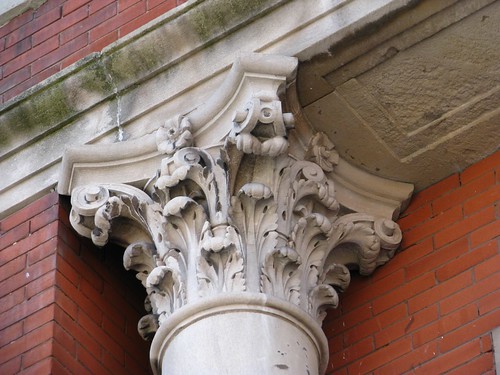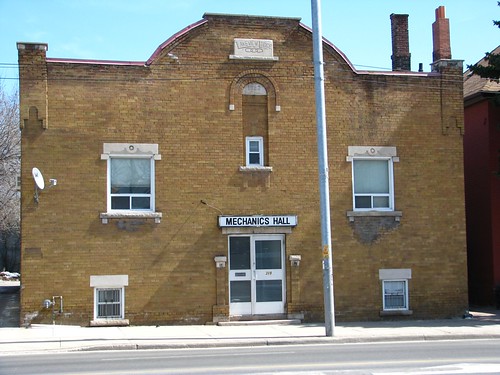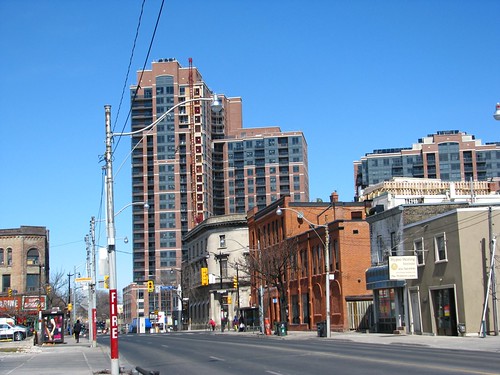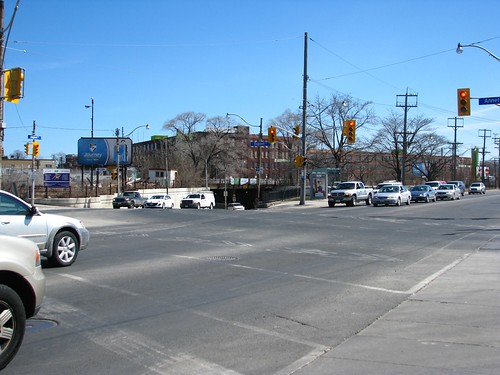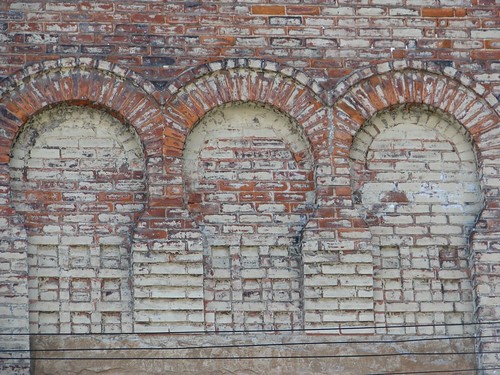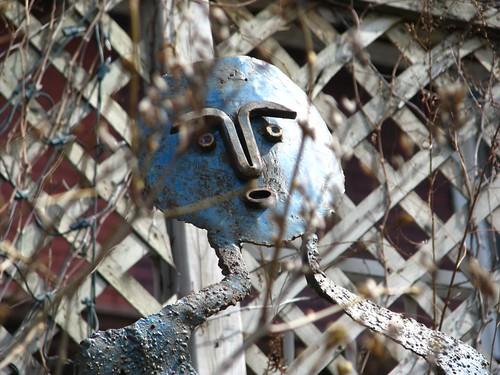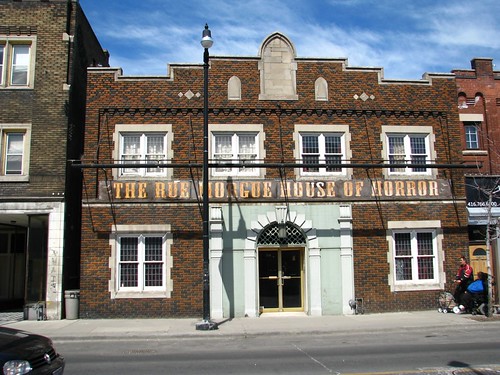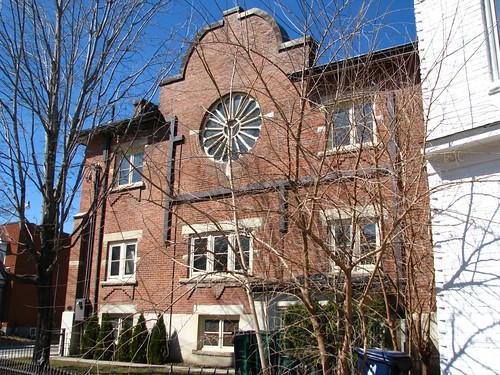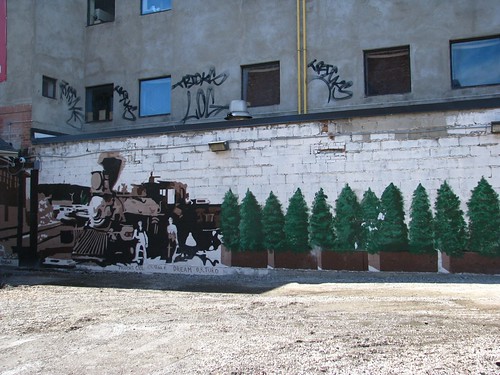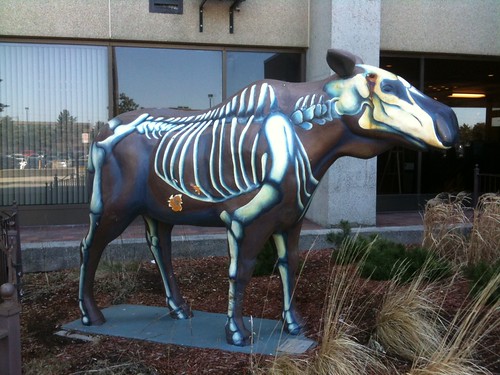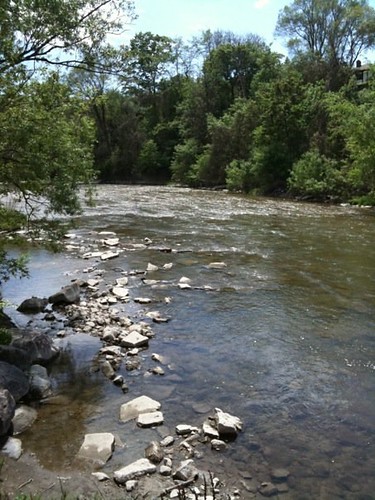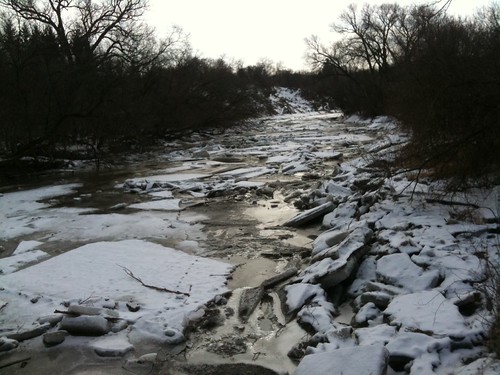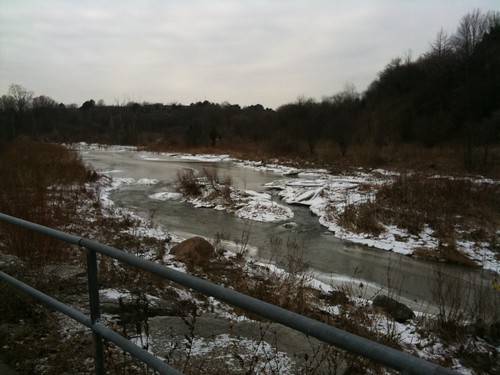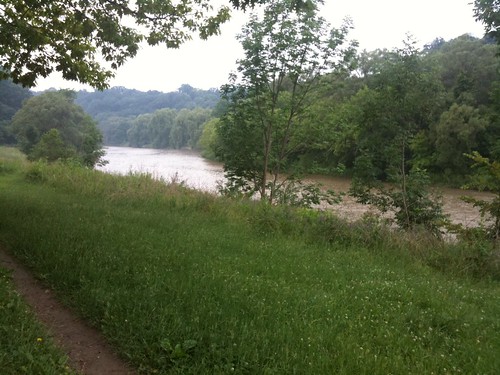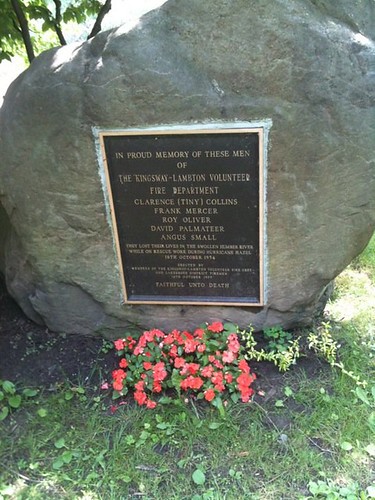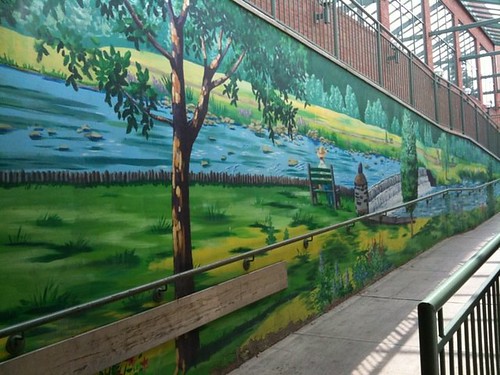 |
| "Did you say 'Epic Walk'?" |
Who does not long for freedom? As children, despite the varying magnitudes of restrictions that are placed upon us by our parents, we are at our most free. We are free within our bodies. Uninhibited in our souls. Our thoughts and imaginations soar without boundaries. Who we are to become is full of such limitless possibilities.
For children of the modern age, where childhood has been deemed as most precious and the domain of play and dreams, the greatest freedom of childhood is Time. It stretches before them vast and infinite, progressing slowly. There is all the Time in the world in which to dream and explore. The particular golden blessing of the modern child is the summer vacation. Sure, it may be filled with camps, play dates, soccer games and museum outings. However, even the most rigidly scheduled child will experience a slowing down, a greater freedom. There is always that sense that there are a million things that can be accomplished before heading back to school and a million years in which to accomplish them all.
As adults, pressured under the constraints of work and family, of obligations and bills, Time, and the freedom it allows, is much more precious. When you are a mom who works full-time, also holds down a part-time job, writes and, for the most part, parents alone, Time and freedom are more rarer and treasured than diamonds and platinum. Time is no longer a freedom but nagging task-master and who we were becomes lost to it’s constant demands.
One of the things I have wanted to do for the last few years was to walk the entire Humber Trail from the top of the City down to the Lake. I have done the whole thing in short two or three hour looped or backtracked segments but never the whole thing at once. It has always seemed something that would have to be put off. As a working mom with little support, my days lie rigidly tied to the confines of the school day and my own odd work hours. My evenings are busy ferrying my children from one activity to another. I also walk dogs during the day. While my own dog is a trooper, my other pals don’t have the kind of endurance to go past a couple of hours. It’s difficult to schedule in that kind of epic adventure with the life that I lead.
A month ago the stars lined up beautifully. My husband had been sent home from his work assignment in Saskatchewan nursing a broken arm and would be around to meet our children after school. None of the other dogs I walk needed to be walked that day. It was cool but sunny, so it likely wouldn’t be too hot for my pup. It was probably my one and only chance this year to give it a go and I grabbed it, even though I had pressing things to do with work and my home. Wanting to try some serious hiking this year, it would be the perfect opportunity to see just how big a hike my dog would be happy to endure and to also gauge how much food and water to pack for him as I’ve never taken a long hike with him before. If I ran into any problems, I live a very short drive from most access points to the trail, so it would be easy to call my husband to pick us up if we needed. A good trial run.
I ended up starting much later than I should have because we did need to wait and see what arrangements my husband could make for some last minute doctors appointments. If I had to be home to meet the kids, the dream would be shelved for another day. I would have preferred to have gotten the show on the road by 8:30 am but he wasn’t able to make confirmations until midmorning.
I packed up, in my better backpack, over a gallon of water, food for both him and me, sunscreen and hat, sunglasses and rain poncho. I loaded up a fanny pack with the dog’s travel water bowl, a water bottle for me and a few small necessities. I decided a pair of yoga pants, T-shirt and comfy sneakers would be the best bet for the day. Yoga pants or splash pants are my pants of choice when dog walking because I don’t care when the dogs jump all over them. When my buddy saw me pull those on, he went gonzo. He knows what walking pants are for.
My husband dropped me off near Kipling and Steeles and I picked up the trail on what seemed to be a service road. Although nearby apartment towers loomed over the tops of the trees I felt incredibly isolated and alone. I walked deep in the dappled shadows of urban forest, the trees themselves only allowing the briefest glimpse of nearby towers. It was green, all the greens of the natural world. The greens I dream of, cool and dappled, as I sit for hours and hours in my grey cubicle in the sky. The crisp gravel beneath my feet, the breeze through the trees and soft birdsong provided a gentle soundtrack to my lonely trek.
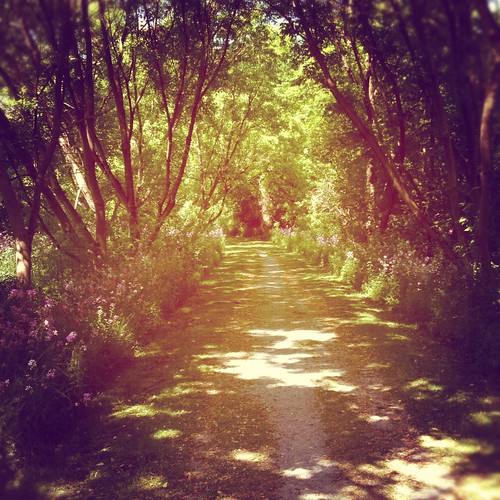 |
| From the start, it seemed as though I drifted through a dream... |
It was almost an hour before I saw another person. Once I joined up with the main paths at Rowntree Mills Park, it was raucous children and dogwalkers all around. I ran into a young woman and her beautiful dog in one of the parking lots there and she joined me for a while and chatted. I was grateful for her company and she was very informative about the coyote and deer sightings in the area and some of the regular peoples and goings on in the park. I think in all my time of walking in the trail I have never once come across someone so friendly. Usually people might say hello or exchange smiles and a little back and forth about dogs or the weather. It was enjoyable to have a little connection and conversation. Because of safety considerations, I don’t usually listen to music when I am hiking. I prefer to be aware of my surroundings. So usually it is just my lonely inner dialogue and me.
 |
| Gentle drifts of purple and white followed me, beckoned me, until I was dashed upon the harsh shores of highway and concrete... |
My journey through Rowntree Mills Park is short and, with good and pleasant chatter to speed the time, I was in Blue Haven Park before I knew it. About halfway through the park I was compelled for reasons unknown to look behind me and spied a deer. Soft in shadow as if a dream. We mutually froze on the spot and gave each other a good, long, silent stare, and then, suspecting I wasn’t much of a threat, it meandered up the path and into the trees. I’ve seen deer a few times up this way now and then and it’s always a breathtaking sight. I was lost in a daze for a while after that.
I gradually made my way to Summerlea Park. It’s a big park and It took forever to walk. I haven’t been able to determine the square acreage but I am certain that it is the same size or even bigger than High Park.
Counting 20 minutes to rest, water up and eat it took roughly two and a half hours to traverse it from end to end. As I passed a retention pond, I could hear hymns drifting over the water, haunting and atmospheric. At first I thought it might be a TV or radio from a nearby apartment tower but it turned out to be a prayer meeting in a recreation building at the back of the park. It was another long walk with hardly another soul in sight, but peaceful and beautiful. One of my favourite go-to walks.
Then it was through Pine Point Park, a short little thing that I have written on before. At the south end of the park, one is forced under the 401 to continue on the trail. Usually there is ample room to manoeuvre under there but the overpass is currently being repaired and foot and bicycle traffic is forced through a very narrow passageway. Twice, in the short span of time that it takes to traverse it, I was almost bowled over by a cyclist going way over the speed limit (and there are extraa signs posted at both entrances even reminding cyclists to slow down). He didn’t even have a bell or bothered to call out to let me know he was behind me. I have encountered this fellow back here before. Most cyclists and pedestrians do their best to share the path, but he’s a bit of a bully. First aggravation of the walk.
The second frustration came shortly after at the end of Crawford-Jones Park. Here, the trail ends and to pick up the next portion of it you have to walk down Weston Road a short distance. Normally this isn’t too bad, but for the next couple of years this corner is going to be under continued construction as Metrolinx work swings into full gear.
The noise after five hours of isolation was jarring. The exhaust from cars and buses and the dust from all the construction work was choking. The traffic was snarled and angry and impatient with the long waits. My plan had been to walk along Weston and join up with the official entrance at Cruikshank Park but I quickly decided against that. I headed down the stairs at St. Philips Road, not the safest of choices when walking alone, but a far more pleasant alternative that offered a very quick escape and meant not having to endure an attempt of crossing over St. Phillips Road.
The path underneath St. Philips is isolated, nothing more than a narrow dirt footpath. The branches of the surrounding trees dip low onto the path and the grass grows tall on either side. It is claustrophobic and eerie. A dead dog or coyote spied in the grass only intensifies my uneasiness.
Another rest in Cruikshank Park made me suddenly aware of how out of shape I really had become after the winter and a prolonged illness. My legs ached. It was there I regretted not bringing another gallon of water (my dog is a little water obsessed), more dog food and a sweater for myself. Ominous clouds had been rolling in over the course of the afternoon and the temperature dropped considerably, chilling my enthusiasm. We lingered a little longer here than at our last break while my dog enjoyed a good stick. This is a short chain of three linked parks but, by this time, I was also feeling a little discouraged as this portion of the trail runs east/west instead of north/south and, after having spent a good portion of the trail in Summerlea going the same direction, I really hadn’t felt like I made much progress during the previous four hours.
Raymore Park turns north/south again and the short but steep climb at the South portion of it was a killer given the already five plus hours of walking I had endured.
By the time we reached the Ukrainian Canadian Memorial Park I could tell that my poor dog had had it. He was still very perky, but was definitely tiring out. While waiting for the lights to change at Scarlett and Eglinton I gave my husband a call and asked him if he could pick up the dog at James Gardens. This is another frustrating section of the trail which temporarily forces the user to deal with traffic, and by then it was rush hour. I could walk the path further down to James Gardens but decided to get off and cut across Edenbridge Drive and wait at the main entrance to the park. I drive across there all the time but didn’t realize the entrance to the park was so far from the eastern end of the road. This is one of the most pedestrian unfriendly roads in the entire city. Much of the road does not have a sidewalk. The shoulders of the road are very narrow with deep ditches almost immediately next to them. Despite the million dollar price tags of the homes along there, many lawns are unkempt and not conducive to walking. Cars whiz by at speeds much higher than the posted limit. I keep my dog very close and do my best to move as quickly as I can to my destination.
It had been my intention to carry on without the dog and just TTC it home when I was done. By the time I got to James Gardens, though, it was 5:30 p.m. I began to think about some of the more isolated portions I had to walk through further down and the time it had already taken me to walk the distance so far and decided I didn’t want to do it completely alone. Disappointed, I called it a day. The trail isn’t going anywhere, and for the time being, neither am I. It certainly wasn’t a waste of Time, it was an incredible gift of Time. I am immensely grateful for the day of freedom I was given which I have not experienced since I had children. It was recharging. Even now, when I feel a little overwhelmed by the demands of my life, I seek refuge in those rippled greens, dreamy purples, the gauzy soft deer, the feel of a cool breeze on my face, and the fleeting glimpse of the person I had once been all those years ago, when Time was all I had.
Let’s save it for another day, hopefully another window will open up this year.
The next day I kind of thought that when I put on my walking pants my dog would run hiding, but no, he was totally ready to get back at it, even if it was just around the block this time.
There are a few comments to give a heads up to anyone who may want to attempt a longer walk through here. Bring a buddy. There are a considerable number of isolated stretches that are just not very popular, and it can be a very long time before you see anyone. Meet up with the wrong person and it could quickly turn a pleasant outing upside down. Coyotes are also frequently spotted in many sections of the trail. Be aware and vigilant for them. Be prepared for a serious lack of access to bathroom facilities and fresh water. If there isn’t a facilities building located in a park, there will usually be a port-a-potty, but only in the summer months and they may be located at the main entrance of the park which may not handy or marked from the main trail or easy to miss. Summerlea, in particular, stands out as you would have to leave the trail for a considerable distance before hitting the main entrance. Peeing out in the open in Toronto parks is illegal but I’ve come across volumes of people seeking relief in the bushes on my various treks and it’s easy to understand why. I was also nervous about tying my dog up if I did use one because I did not want people to think I was abandoning my dog and usually there is never anything handy to tie him up to even if I wanted to. The port-a-potties are usually out in the wide open some distance a way from trees or fencing. I have never used one either so I also can’t vouch for the condition or cleanliness. I did not notice one working water fountain the entire trek. If there was one visible from the path I stand corrected. If you’re going to do an extended walk on the trail, pack your own water and pack a lot. There were also very long stretches without a garbage can, so be prepared to tote your garbage and dog waste bags. Again, at the time, Summerlea was by far the worst for lack of garbage cans (this situation has now been somewhat corrected). There are many rules but not much assistance to ensure users don’t break them. Things like this are never too much of a concern if you on a short walk but were issues for me on the longer trek.
In the end it took me over seven hours to walk the stretch that I did. Keep in mind that I am a very short person and my brisk gait is a slow crawl for most people. I was also travelling with a canine companion, which meant frequent breaks to water, eat, rest, pee and poop-and-scoop. It totalled out to roughly 9.7 miles.
Useful Information:
- Duration of Walk: Roughly four to seven hours (based on short legs, picture taking and doggy care)
- Difficulty: EASY. Relatively flat terrain throughout. A few short steep hills, mostly paved, with some gravel and dirt paths.
- Parking: Lots of parking available at various park entrances.
- Washrooms: Yes. Facility buildings and Port-a-Potties only at park entrances.
- Local Coffee Haunts: No. Really not much of anything. Coffee dies North of Bloor Street.
- Safety Factor: Medium-High. Buddies are best. Be watchful for coyotes
- Special Gear?: A good pair sneakers, food and water.
- Suitable for Dog Walking?: Yes. Dogs must be on leash.
Happy Trails!

